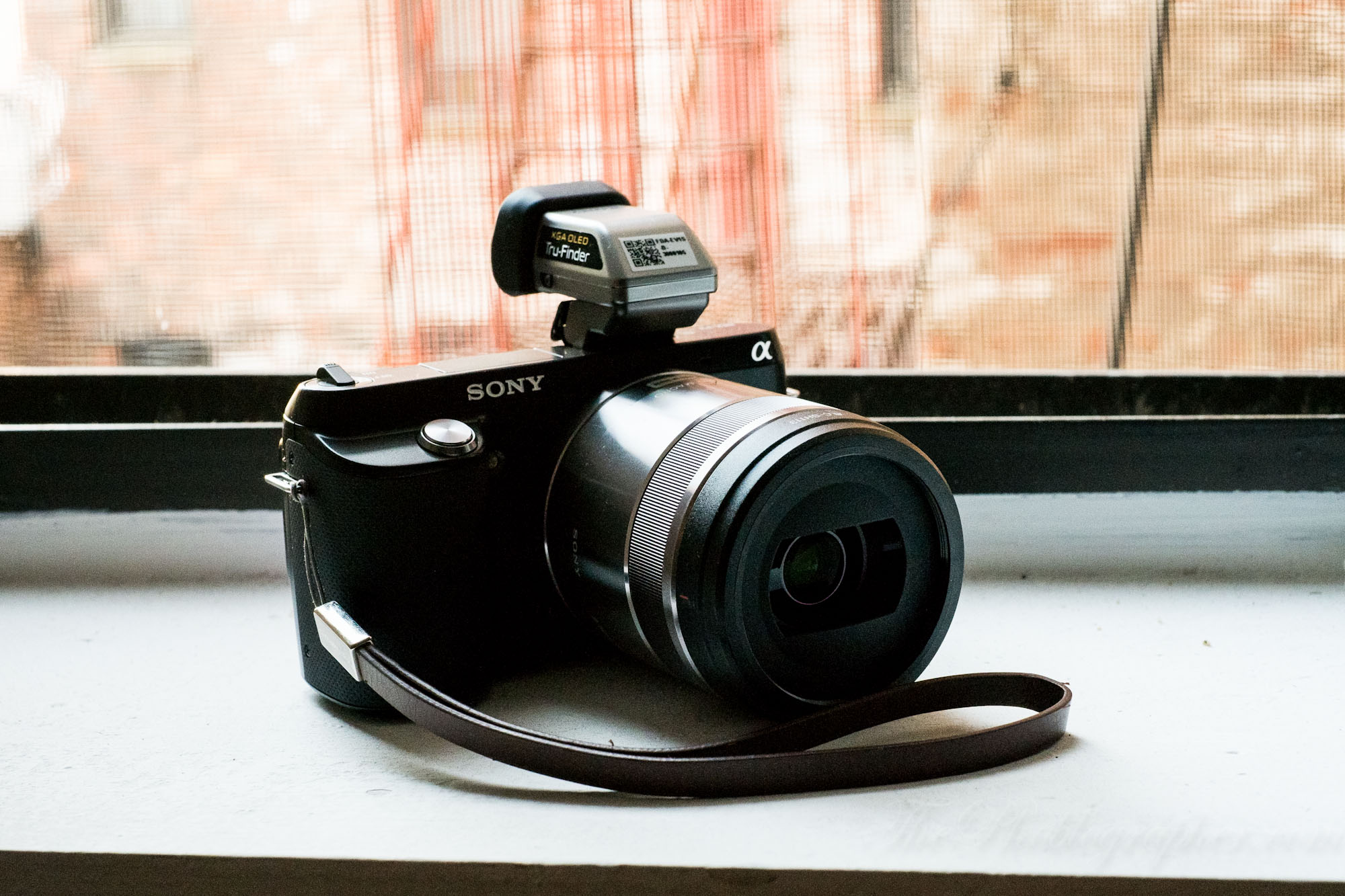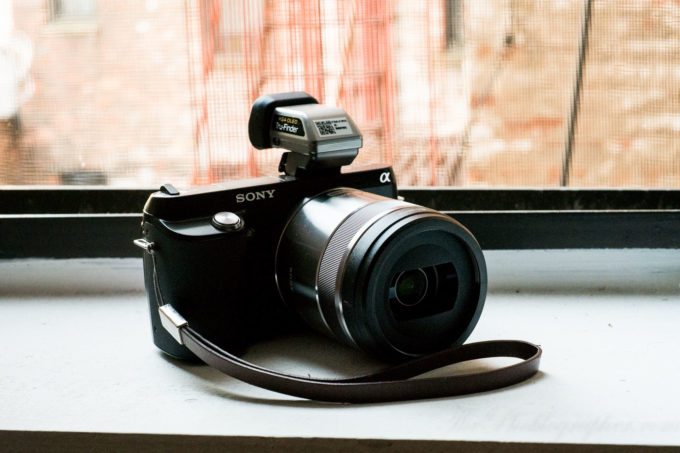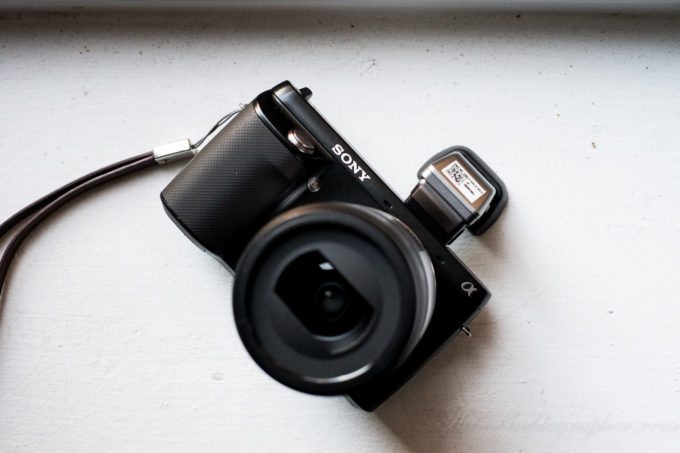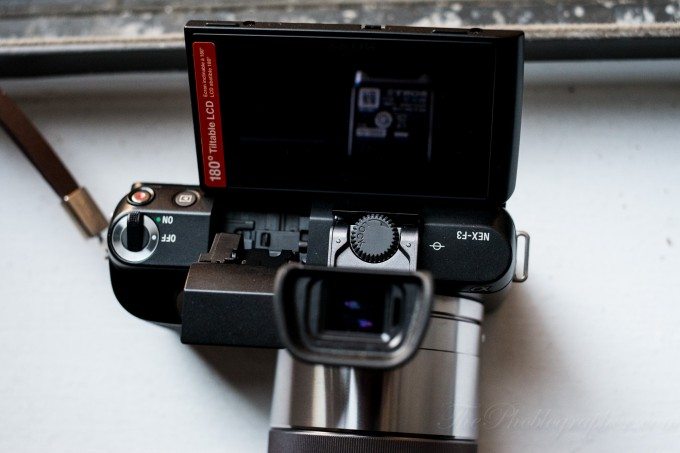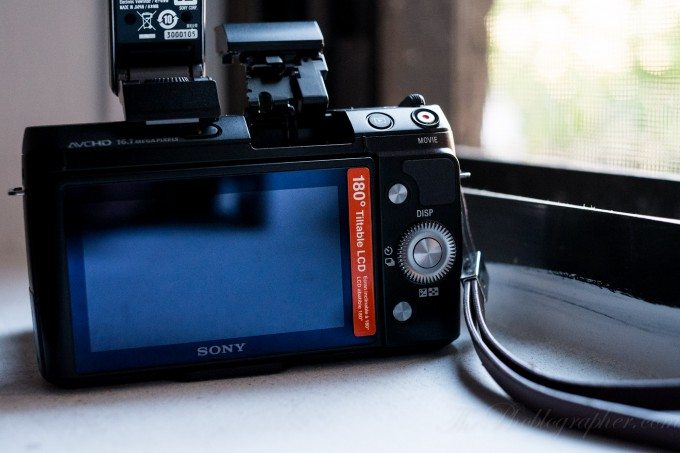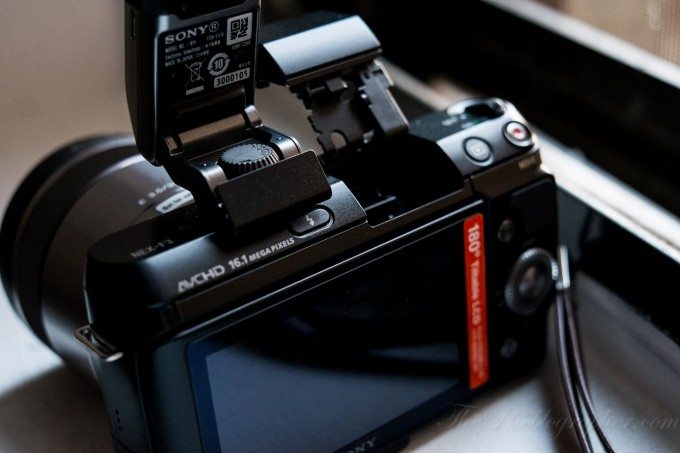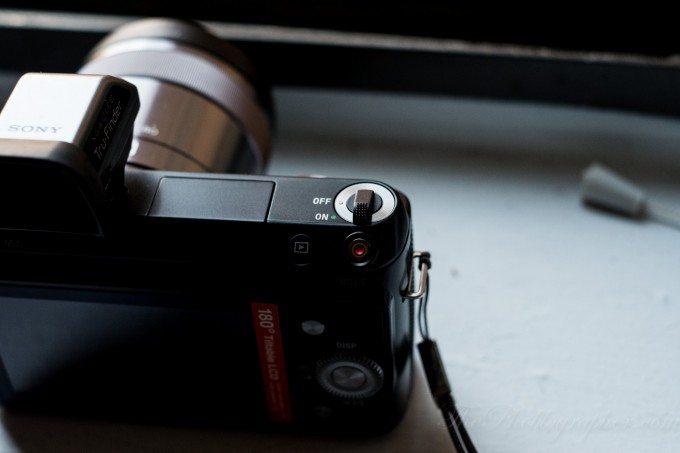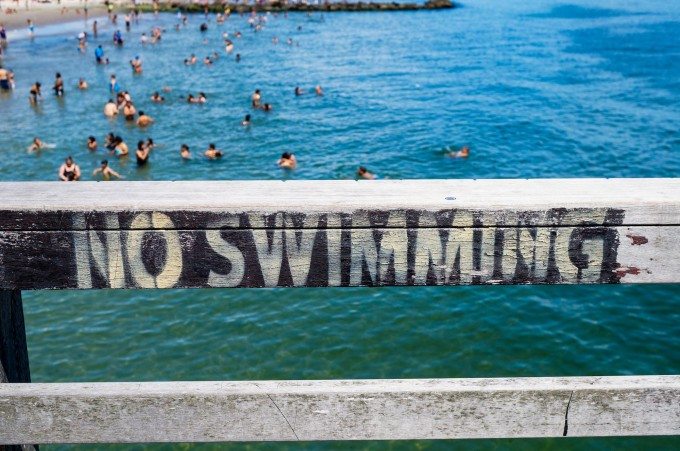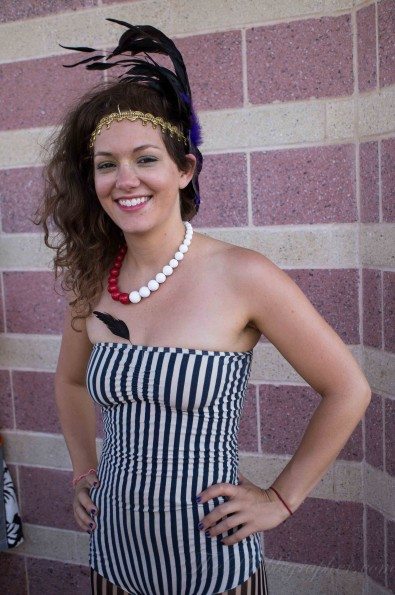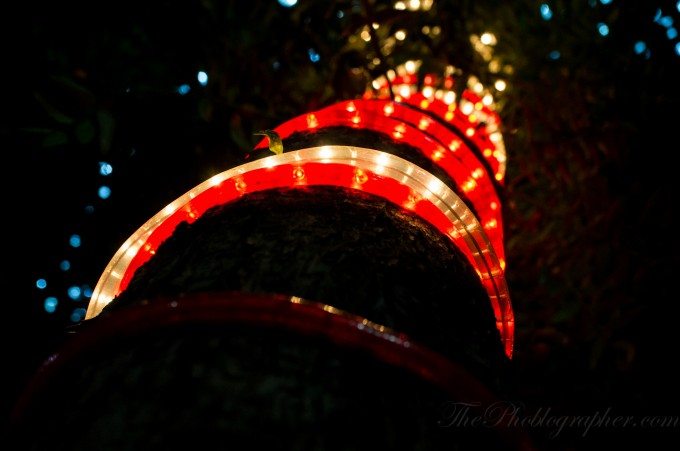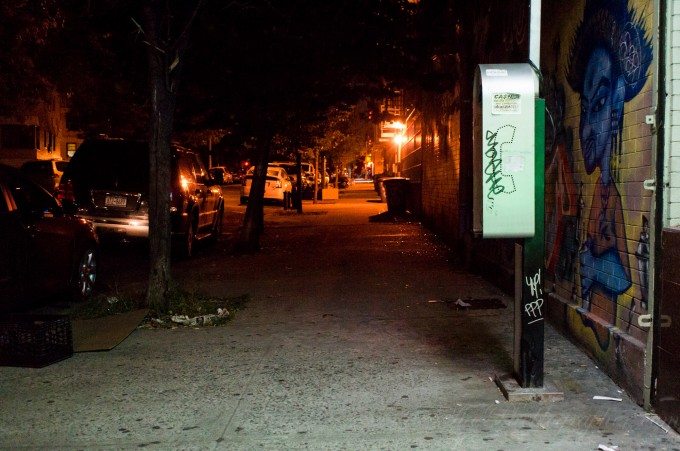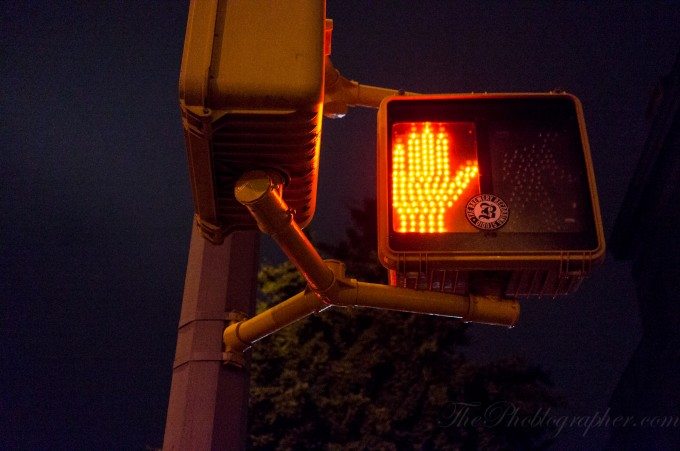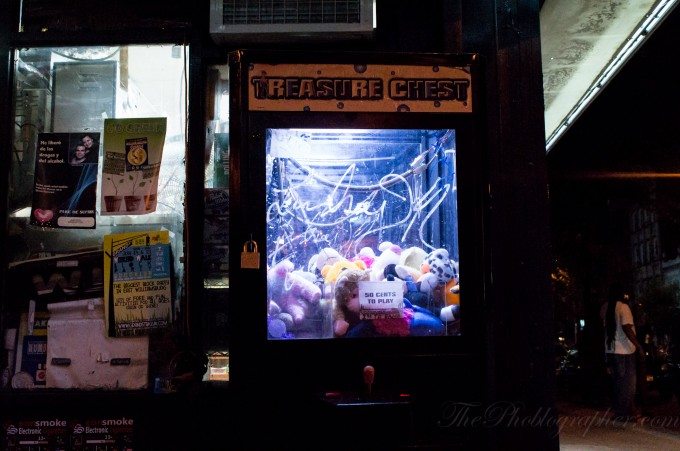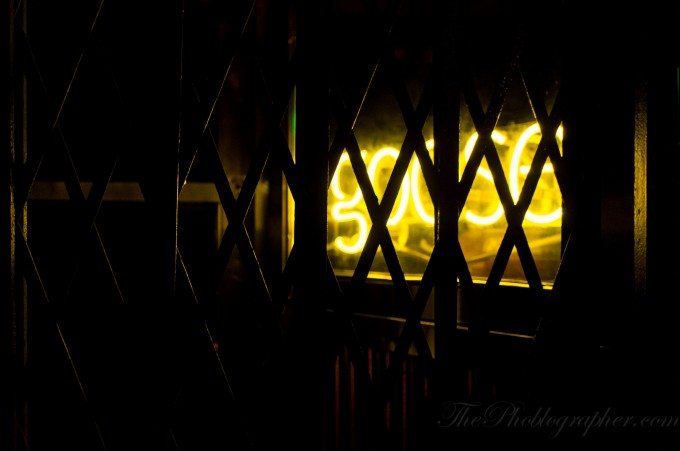Last Updated on 07/17/2012 by Julius Motal
We were very, very impressed with the Sony NEX C3 and when we had our hands on experience with it, both Peter and I were very impressed with its successor, the Sony NEX F3. I’ve spent almost a month shooting with the camera and have warmed up to the 30mm f3.5 vs the kit lens.
Combining elements of the older C3 and its bigger brother the NEX 5n, the F3 attempts to give more to the entry level camera user. But is it enough?
Editor’s Note: Take a look at our other posts previously written and hyperlinked in the first paragraph.
Tech Specs
Tech specs taken from the B&H Photo listing of the product
| AV Recording | |
|---|---|
| Video Recording | Yes, NTSC |
| Aspect Ratio | 4:3, 16:9 |
| Audio Recording | With Video, Stereo |
| Focus Control | |
|---|---|
| Focus Type | Auto & Manual |
| Focus Mode | Single-servo AF (S), Continuous-servo AF (C), Manual Focus (M) |
| Autofocus Points | 25 |
| Viewfinder/Display | |
|---|---|
| Display Screen | 3″ Rear Screen Tilting LCD (921600) |
| Screen Coverage | 100% |
| Live View | Yes |
| Flash | |
|---|---|
| Continuous Shooting | Up to 5.5 fps |
| External Flash Connection | Proprietary |
| Performance | |
|---|---|
| Self Timer | 2 sec, 10 sec |
| Connectivity | AV Output, HDMI C (Mini), USB 2.0 |
| Software Requirements | Windows: XP (SP3), Vista (SP2), 7 Mac: OS X 10.3 or later |
| Power | |
|---|---|
| Battery | 1x NP-FW50 Rechargeable Lithium-Ion Battery Pack |
| Physical | |
|---|---|
| Dimensions (WxHxD) | Not Specified By Manufacturer |
| Weight | Not Specified By Manufacturer |
Ergonomics
The Sony NEX F3 isn’t as small as the NEX C3, but that’s not necessarily a bad thing. It feels larger and beefier in some ways yet still retains features that make it seem very entry level. For starters, the front is very plain with only really the grip, AF assist light and lens release being the only outstanding features.
The top of the camera features a hot shoe port for NEX items like the attachable viewfinder. Plus there is a pop-up flash, on off switch, and the LCD screen that flips up all the way if you want to sit there and take photos of yourself.
The back of the camera features a couple of dials and buttons that continue to characterize the camera’s interface. There is a playback button and movie record button on the top right. The latter is recessed a bit and surrounded by an area that pops up around it, making it otherwise a bit tough to reach and press.
Below all of this are the two variable programmable buttons, the control dial, and that’s about it. The right side can be programmed to accomplish other tasks: I set it to the ISO control.
The placement of the pop-up flash button is in a semi-awkward position if you want to use the EVF. Like the NEX 7, this flash can be pulled back to act like a bounce flash.
While also featuring very few ports (which are on the side of the camera) it also sports an on/off switch on top (as stated earlier) that I believe could have been placed around the shutter button for better ergonomics and use of space.
Autofocus
The autofocus on the F3 is snappy with the 18-55mm and 50mm f1.8. With the 30mm f3.5 Macro, it can be quite slow: especially for street photography. When using that lens, spring for the manual focusing mode instead.
The F3’s focusing is also nowhere as advanced as the NEX 7’s in terms of knowing where to focus on based on your composition, so if you’re looking to get into a mirrorless system for the first time from a DSLR, look at the higher end models. The F3 will also often tell you that it is focusing on nearly everything when instead, one subject is in focus.
It can be a tiny bit frustrating but otherwise, it is pretty darned good for the price.
Image Quality
Let’s face it, when it comes to sensor production, Sony is perhaps the king. Sony sensors are used in various cameras and the NEX F3 is no exception to the rule. This sensor is really, really quite good in almost all lighting situations: which makes is extremely forgivable when it comes to the workflow in post-production.
Situations where I’ve seen it absolutely totally excel are in overcast days and under awnings providing lots of shadows and diffused natural light. While that all sounds very obvious to experienced shooters, the image quality hits home even more when it comes to the NEX F3. Additionally, the colors out of the camera are spectacular once you nail them correctly. For the audience this camera is targeted at (those who just want an interchangeable lens camera for cheap and want it to do everything for them) the image will be more than acceptable when they tilt the screen around to do self-portraits.
For street photographers and portrait enthusiasts, the image quality will also be quite good. Something that absolutely needs to be mentioned is the rendering of skin tones. First off, they’re very bluishly rendered with this camera. Unlike the Olympus OMD and the NEX 7 which tend to render the images a bit warmer/neutral, you’ll see that the skin looks a bit healthier here. While those two cameras are above the class of the F3, it is very interesting to consider it since there are probably users out there that may consider getting a mirrorless camera but are confused about which one to get for themselves. Indeed, I’ve heard experienced photographers ask me for advice on this same subject.
In terms of image quality though, it makes me wonder where Sony will go with the rendering of skin tones. I personally enjoy the more film-like look of the higher end models, but you may not necessarily have the same vision as I do.
Additionally, we all need to keep in mind just how wonderful Adobe Lightroom 4 is and that edits can easily be made and presets can be easily applied to change these images since the RAW files are also ridiculously versatile.
Here are some more sample images:
We also shot a bit of video with it using the Switronix Bolt LED light. Here’s the video:
High ISO Results
At ISO 6400 and above, the image quality still stays relatively noise free, although a tiny bit of Lightroom 4 editing can make the images shine even more. For most users putting their images on the web, you won’t have any trouble with this at all. Even for making prints, the noise really shouldn’t be an issue at all.
What should also be noted is the extremely tight grain structure of the noise: which the only thing I can equate it to is Kodak 400 BW CN film. However, if possible, liken the grain structure to a color film like Fujifilm Provia and you’ve got the image quality from the Sony NEX F3.
Once again though, it should really be harped on that the grain structure can only be seen when looking at your images at 100% and that otherwise you won’t really even notice it. Sony indeed did an excellent job with not only the sensor, but the processing engine in the F3.
Here are some other High ISO images:
Metering
In a Sunny 16 test, the meter on the NEX F3 nailed it perfectly: outdoing almost every other Sony camera we’ve seen to date which would underexpose by -3 according to a Sunny 16 test.
Ease of Use
This camera, like its entry level predecessors before it, was essentially designed for use in full auto or in the semi-automatic modes. Indeed, I often shot with it only in aperture priority but did indeed sometimes switch out to manual mode. Additionally, having the right button programmed to control the ISO really does help a ton.
If you love shooting on aperture priority, I highly recommend this camera if you can also get around the NEX system menu.
When I put it in the hands of friends (all of whom are photographers ranging form 5 years to 32) it took some time for them to get their head around the menus. The NEX system’s is surely the most difficult to work with that we’ve seen, but once you gain familiarity with it, you’ll have no real reason to panic.
Conclusions
The Sony NEX F3 is a very good step for the company in an attempt to target the entry level crowd. Not only are features like the tilting screen for self-portrait included, but so are the options for allowing the camera to unleash some serious creativity an excellent images. Coupled with the fast autofocusing and ergonomic improvements over its predecessors, the NEX F3 is perhaps the most formidable challenger to step into the entry level crowd as it stands.
In fact, I believe it to be so good that in some ways it cannibalizes the also well reviewed A37. The only major advantage that the latter has over the F3 is the built in viewfinder and the faster focusing. But otherwise, for this audience, the F3 is the way to go.
Please Support The Phoblographer
We love to bring you guys the latest and greatest news and gear related stuff. However, we can’t keep doing that unless we have your continued support. If you would like to purchase any of the items mentioned, please do so by clicking our links first and then purchasing the items as we then get a small portion of the sale to help run the website.


